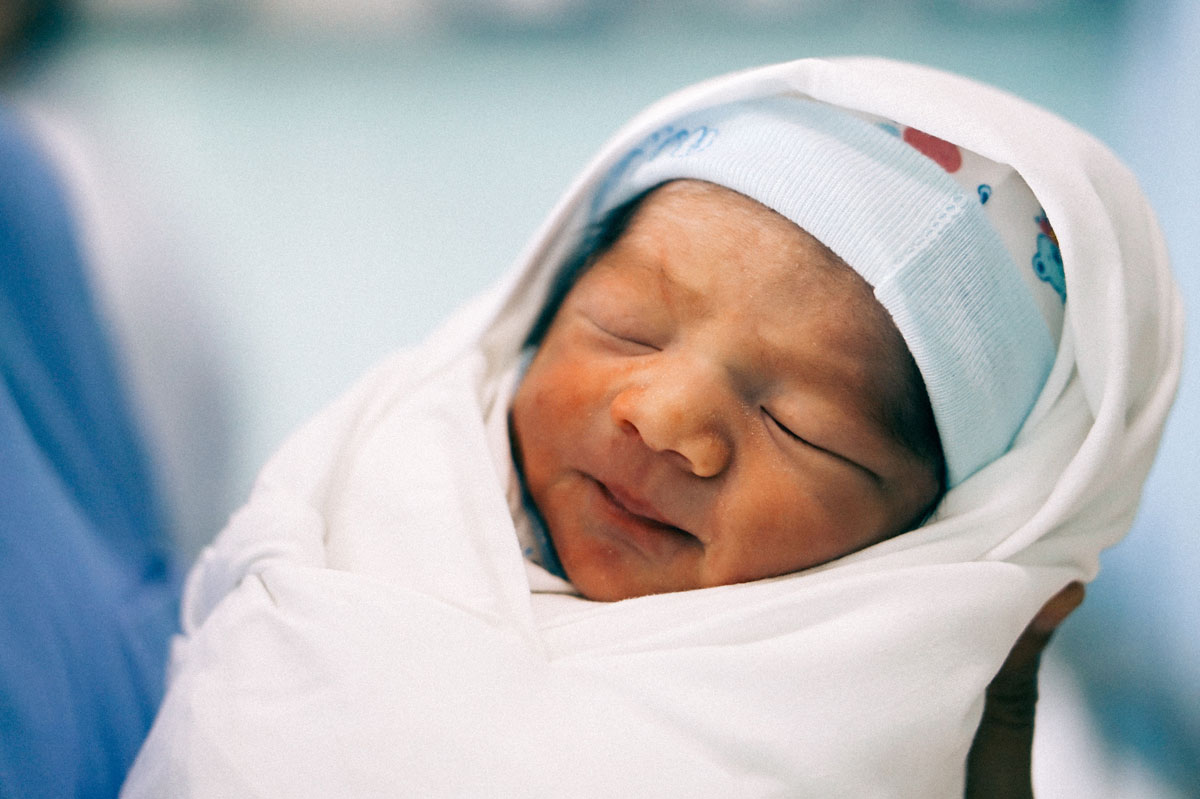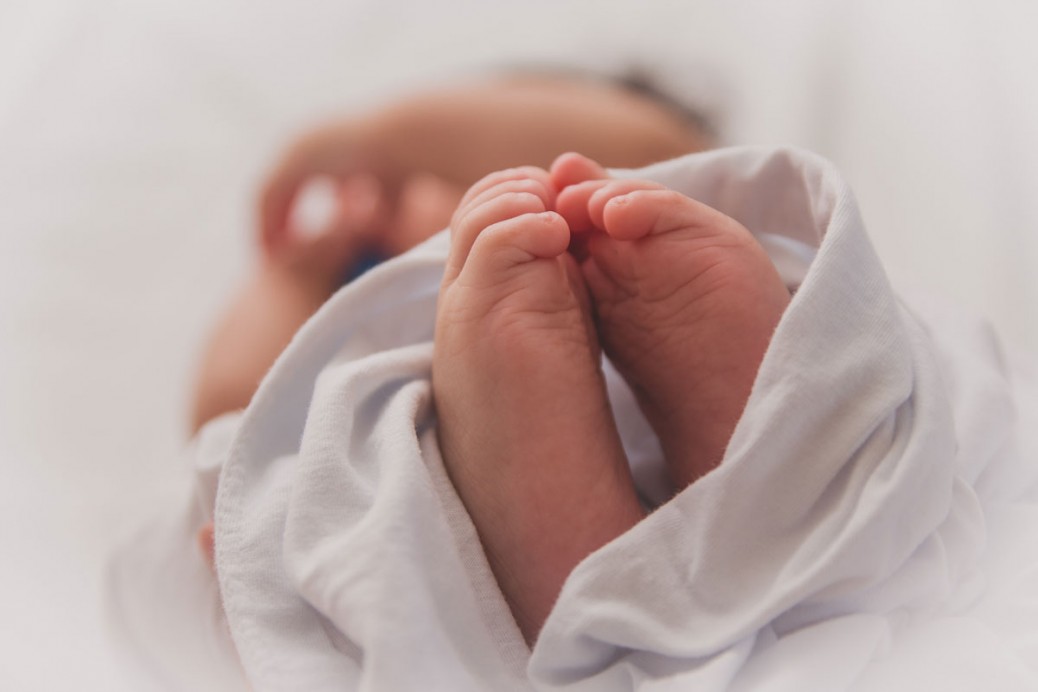The Stages of Labour (And What It Feels Like)
Did you know there are three stages of labour? We explain each one and try and describe how the stages feel…check it out and feel more prepared for your own labour
Reading Time: 8 min read
 Pregnancy – Article by
Pregnancy – Article by 
The Stages of Labour (And What It Feels Like)
Labour. Even the name suggests hard work. Let’s be honest – it is. One way or another, a baby needs to come out of your body.
One way to prepare yourself for the task ahead is to understand what you might experience at each stage of labour.
Here we’ll guide you through the first, second and third stages of labour. This includes what might happen during each stage and how to manage.

The first stage of labour
The first stage of labour is a busy time for your body, especially for your cervix (the neck of your womb). It needs to open until it’s 10cm wide (known as fully dilated) to let your baby out.
The first stage is also the longest stage. If you’re a first-time mum, this stage can last 6-36 hours. But although your body may be busy, you probably won’t be. Your job in this stage is to stay calm and relaxed and let your body do the hard work. You’ll need your energy for the second stage.
For some women, the first stage can start and stop or carry on, but be irregular, over many days. For others, it’ll progress smoothly into the second stage. What happens to you will depend on lots of factors, like your baby’s position, how relaxed you are, and how powerful your contractions are.
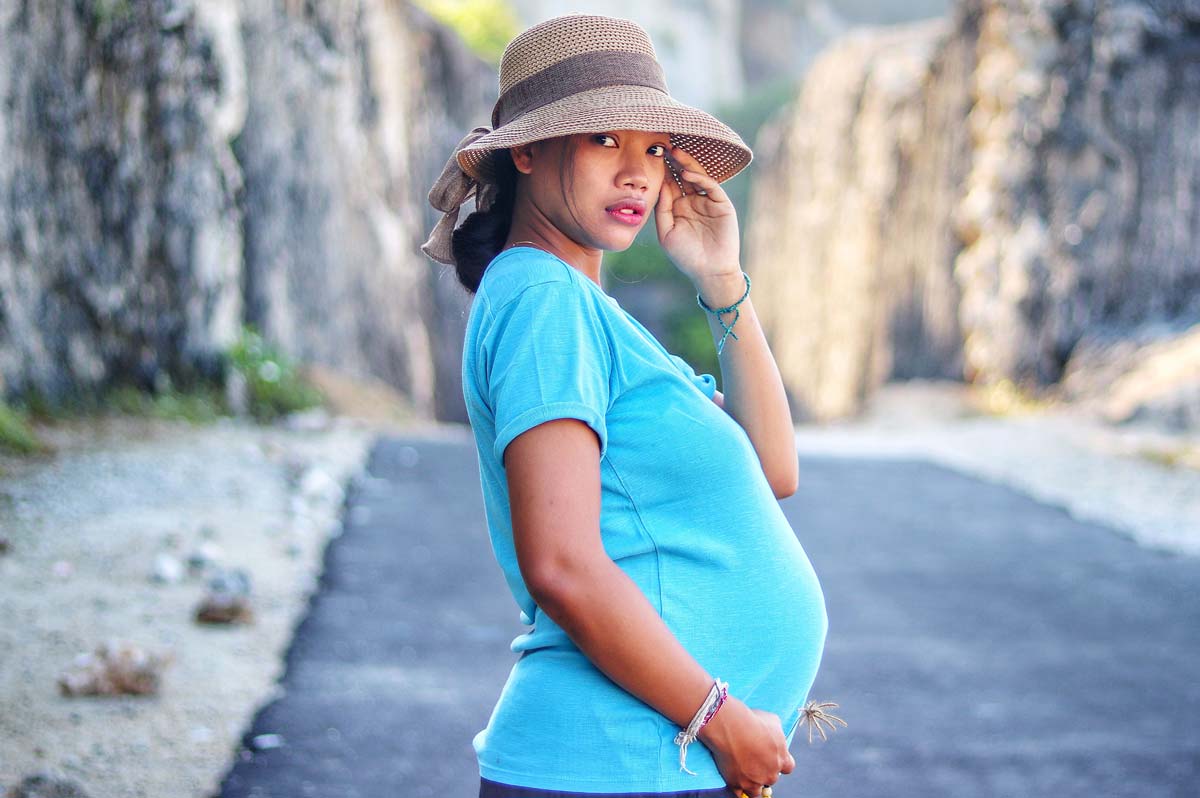
The three different phases of the first stage of labour
Although it’s only 1 stage, there are 3 different phases to it:
- Early or latent labour – this is when your cervix is beginning to open and widen to around 3cm.
- Active labour – your cervix is continuing to open from around 3cm to fully dilated at 10cm.
- Transitional labour – you’re almost ready to move into the second stage of labour – the pushing.
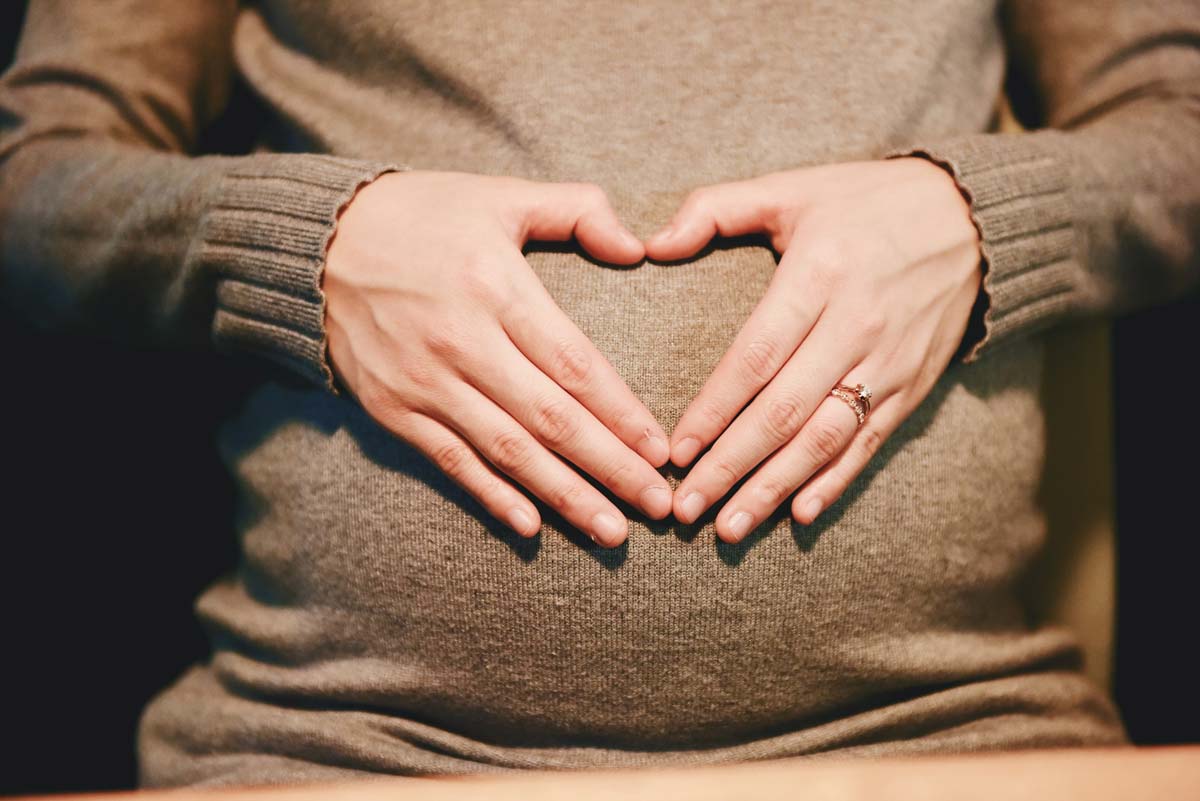
What happens during the first stage of labour?
In the first stage of labour, you might experience all or some of these things:
A ‘show’
When you’re pregnant, there’s a plug of mucus in your cervix. During the first stage of labour, the plug may come away. This is called a ‘show’. You might see a jelly-like substance in your undies, on the toilet paper or in the loo. It may be blood-tinged or streaked with old, brownish blood. This is completely normal. You might not have a show. Or it might happen a week before labour starts.
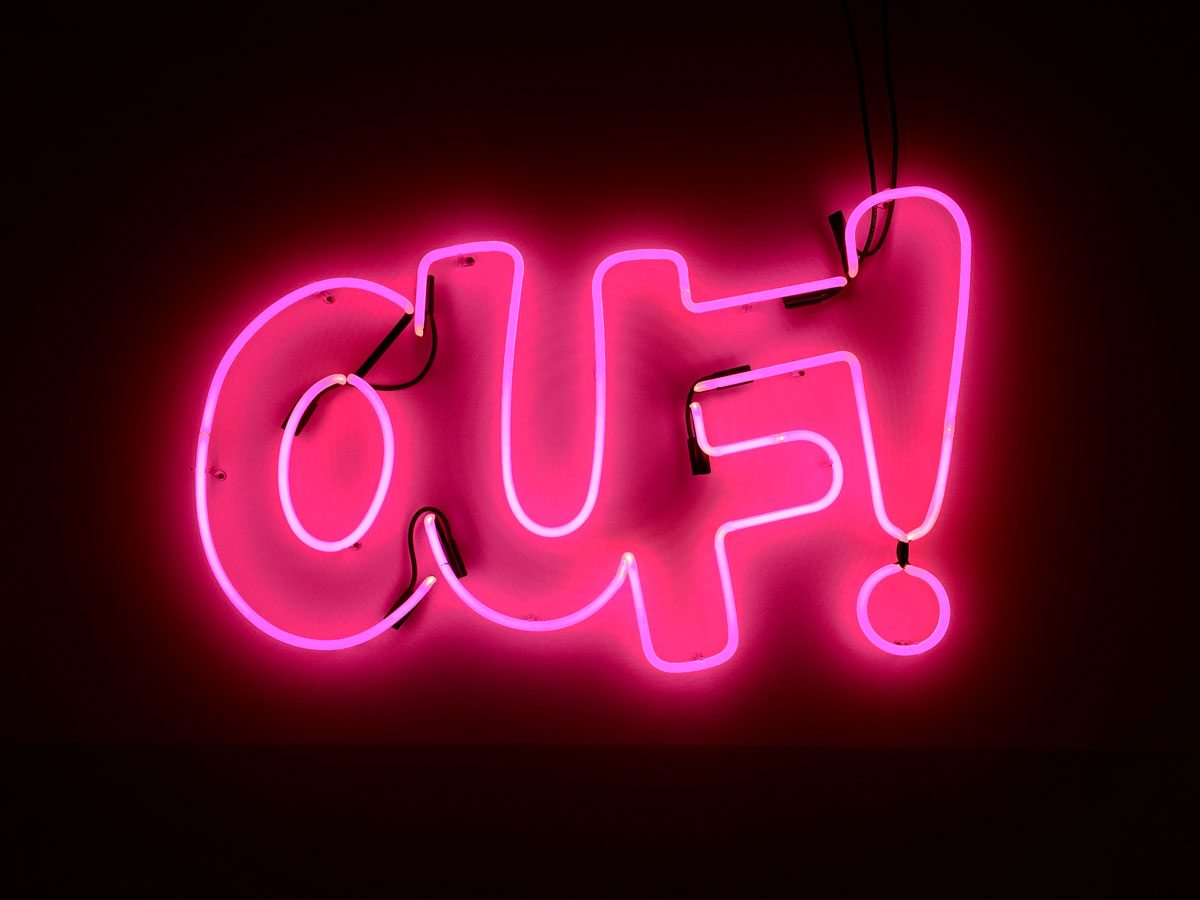
Your waters breaking
Your baby’s been growing and developing inside a bag of fluid. This is called the amniotic sac. When baby’s ready to be born, the sac breaks, causing the fluid to drain out of your vagina. This is called your waters breaking.
It can happen early on in labour, when your cervix is fully dilated or as you begin to push baby out. Fluid may come out slowly or in a gush.
If it’s dirty-looking, greenish, brown or happens before labour starts, contact your LMC (lead maternity carer) straight away.
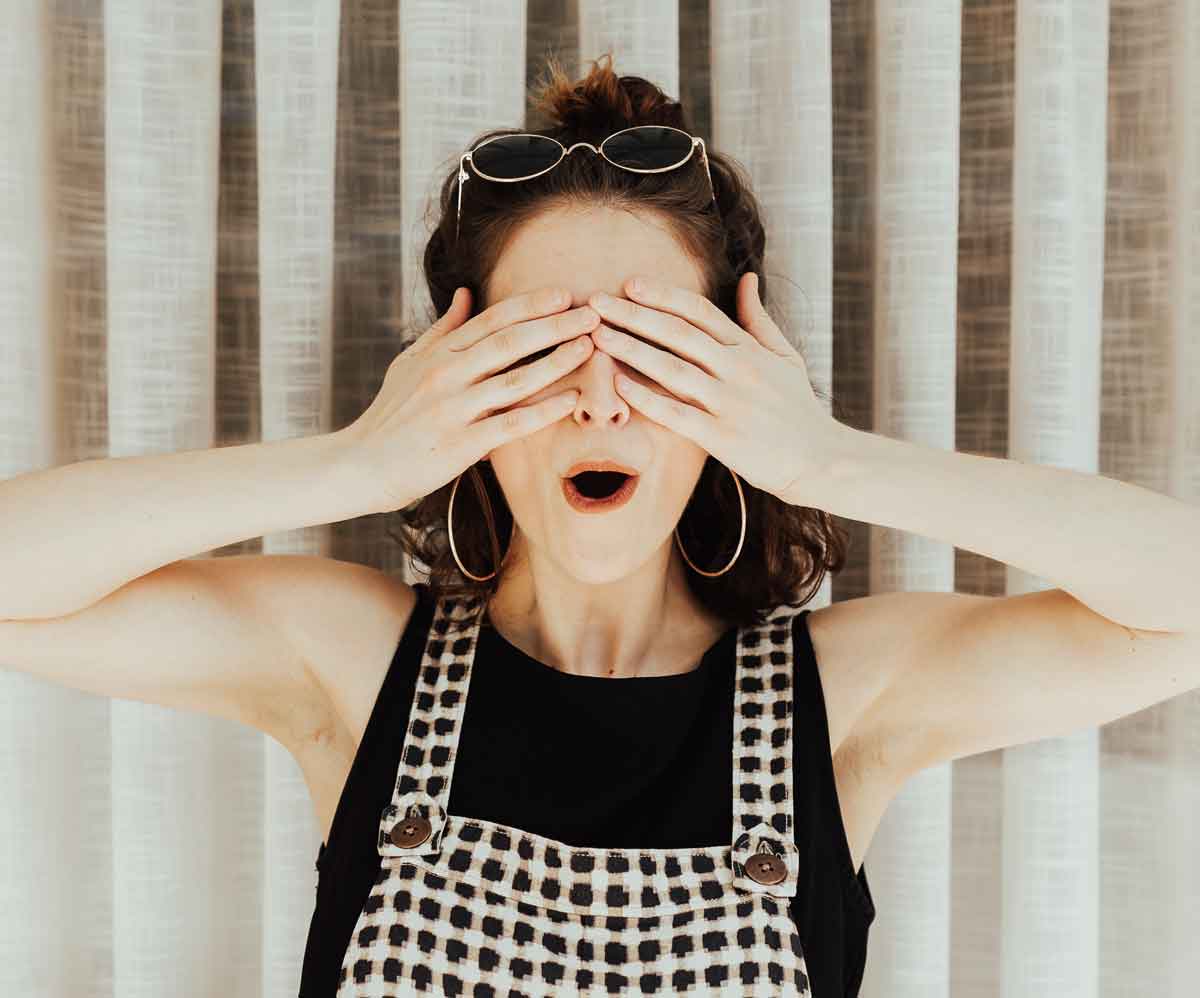
What does the first stage of labour feel like?
You’ll know you’re in the first stage of labour when you have regular contractions. Contractions cause your tummy to tighten, go hard, then relax. They’ll probably start mild and feel like period pain and get more intense. They may feel sharp and painful. Your back may hurt too.
To begin with, your contractions won’t be very long (20-40 seconds) and they’ll come and go. As your labour continues, they’ll get longer, stronger and more frequent – lasting up to a minute every 3-5 minutes.
Imagine your contractions are a wave. They’ll come and go. They’ll grow in intensity and recede. When you’re not experiencing contractions, there’ll be no pain. This gives you a short rest to prepare for the next one.
How to cope
The best place to be during the first stage of labour is at home. You’ll be relaxed and comfortable – and that’ll help, a lot. To help you manage try:
- Creating a peaceful, calming atmosphere. Use essential oils and a burner (ask your LMC for the best oils to use) or play music.
- Distracting yourself with your favourite shows or movies, playing a game, reading or scrolling Instagram.
- To keep moving. Go for short walks, even just around your house is a great idea.
- Focusing on your breathing. Breathe in gently, sigh out slowly. Stay positive.
- Not to tense up during contractions. Help your body along – it’s trying to release your baby. Tensing up restricts your body from doing what it needs to do.
- A massage, especially on your neck and shoulders to release tension.

- A warm bath or shower.
- Drinking water regularly to keep you hydrated.
- Eating small frequent meals, like fruits, nuts, and carbs (such as toast or cereal), if you feel up to it. You might feel queasy so don’t force yourself to eat.
- Napping to help you conserve your energy.
- A hot water bottle or wheat pack on your aching back or tummy.
- Doing your pregnancy yoga (only if you took a class during your pregnancy and know what you’re doing).
The best way to manage is to be guided by your body. You’ll know what feels good for you, whether that’s walking around, lying down, squatting, lying over a Swiss ball, or on all-fours. Try different positions and see what helps.
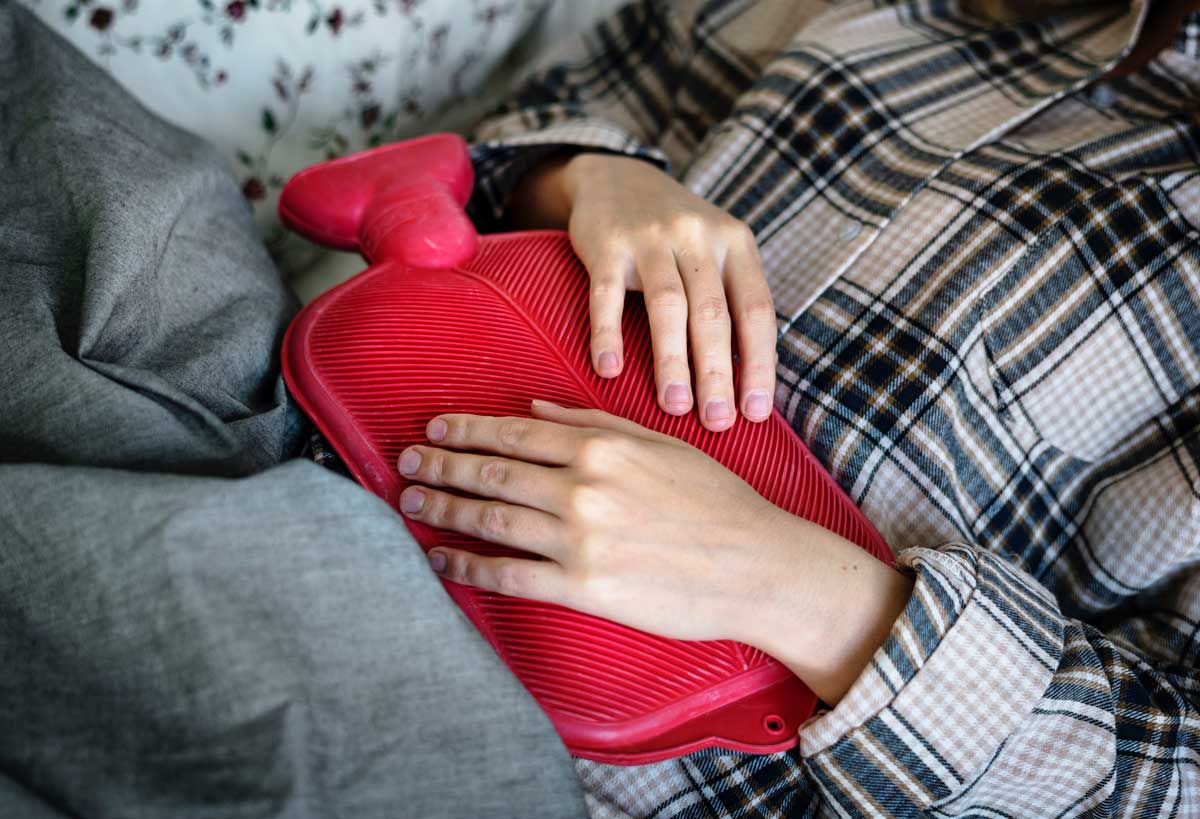
When should I go to the hospital or birthing centre?
You might have already discussed with your LMC when you should go to the hospital or birthing centre. But if you’ve forgotten or you’re worried, give them a call and ask for advice.
You normally go when your contractions are:
- Regular.
- Strong.
- About 5 minutes apart.
- Lasting about 45-60 seconds.
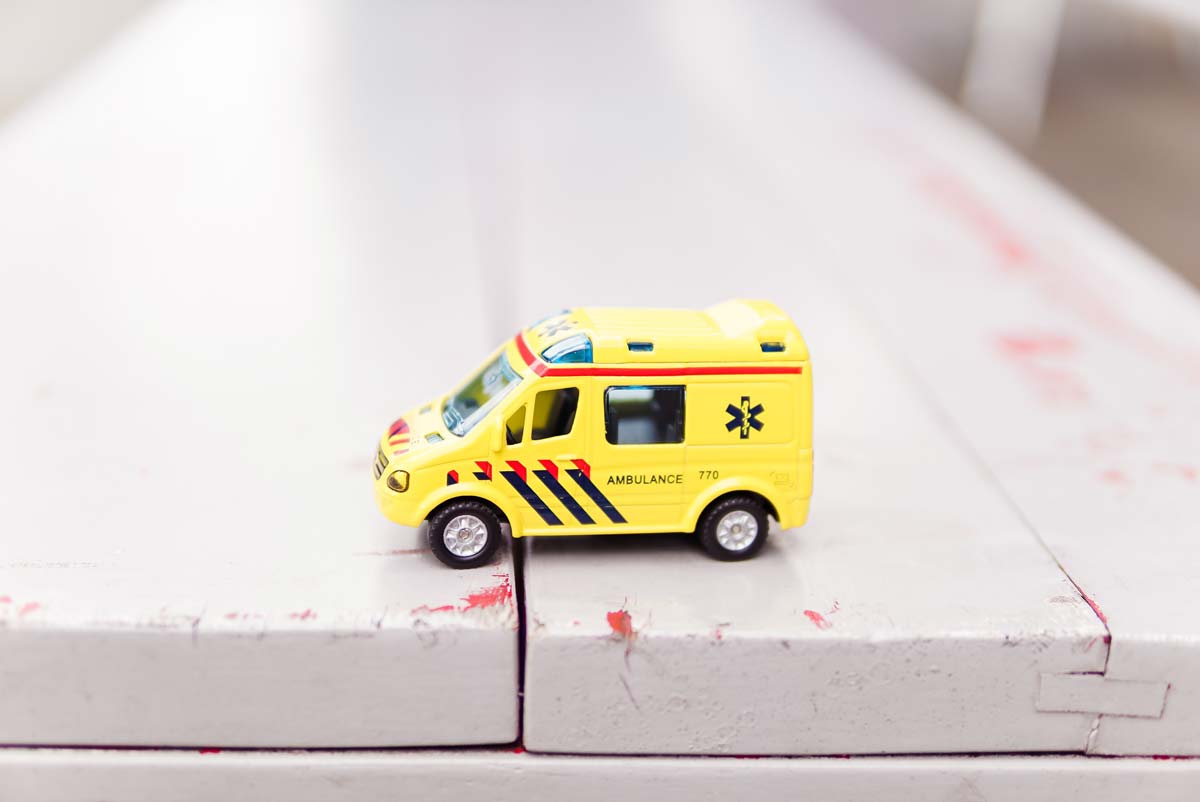
The second stage of labour
By the time you’re in the second stage, you should either be at the hospital or birthing centre, or your midwife will be at home with you for a home birth.
The second stage is the action stage – it’s when you push, and your baby is born. The second stage begins when your cervix is fully dilated and lasts until your baby appears. It can take 1-2 hours to push out your first baby.
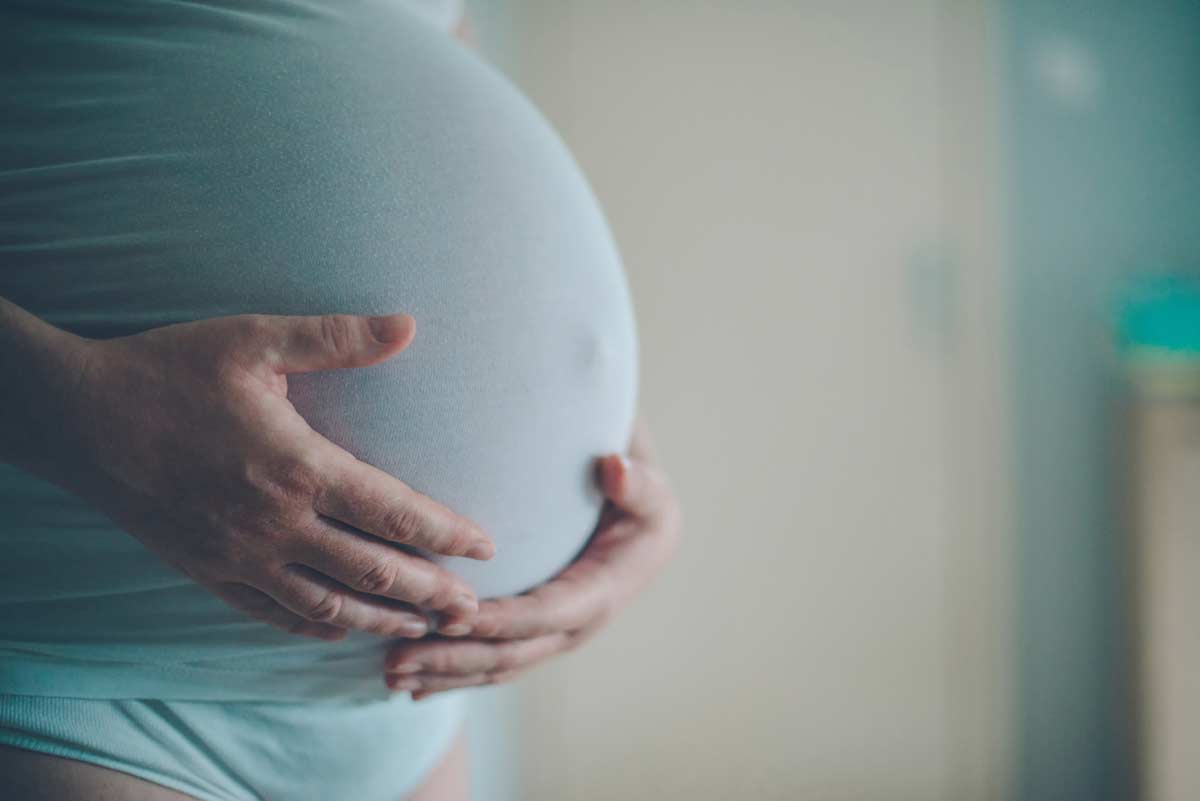
What happens during the second stage of labour?
One thing you’ll definitely experience is the birth of your baby! They’ll be put onto you as soon as they’re born. This skin-to-skin contact keeps baby at the right temperature and encourages breastfeeding. Your partner can also enjoy this skin-to-skin time – get them to take off their top and enjoy some cuddles too.
The skin and muscles around your vagina need to stretch to allow baby to come through. This can cause your skin to tear. After baby is born, your LMC will check to see if you need stitches.
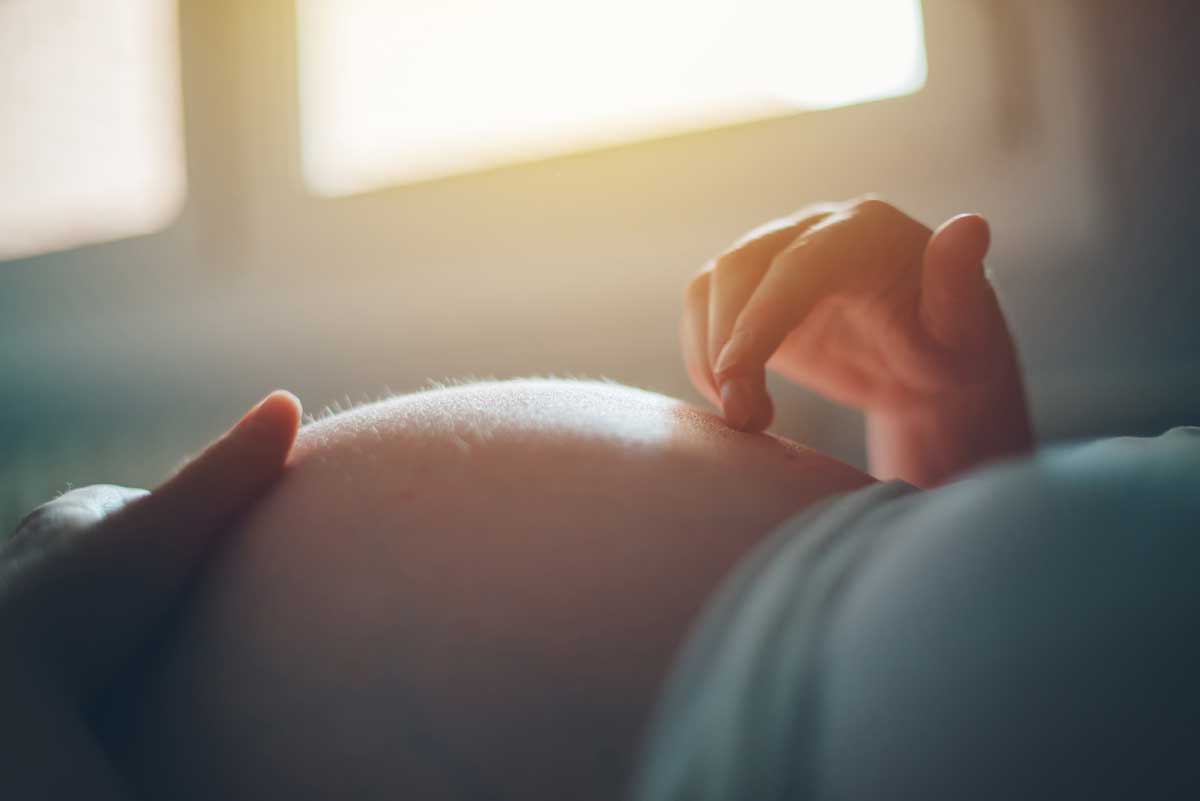
What does the second stage of labour feel like?
The overwhelming sensation in the second stage of labour is the need to push. Baby’s head will move down, and you’ll strongly feel like pushing them out.
Your contractions may feel different from the first stage. They’ll slow down to 2-5 minutes apart and last around 60 seconds. The contractions will build up and as they recede, you’ll feel a strong urge to push. You’ll be able to rest between the pushing.
Imagine you’re going to the toilet – those are the muscles you need to engage. Concentrate on pushing into your bum.
When your baby’s head crowns (which means your LMC can see their head when looking between your legs and it doesn’t slip back in), you might feel a burning sensation. This is the skin stretching to let baby pass through.
The second stage ends when baby is born.
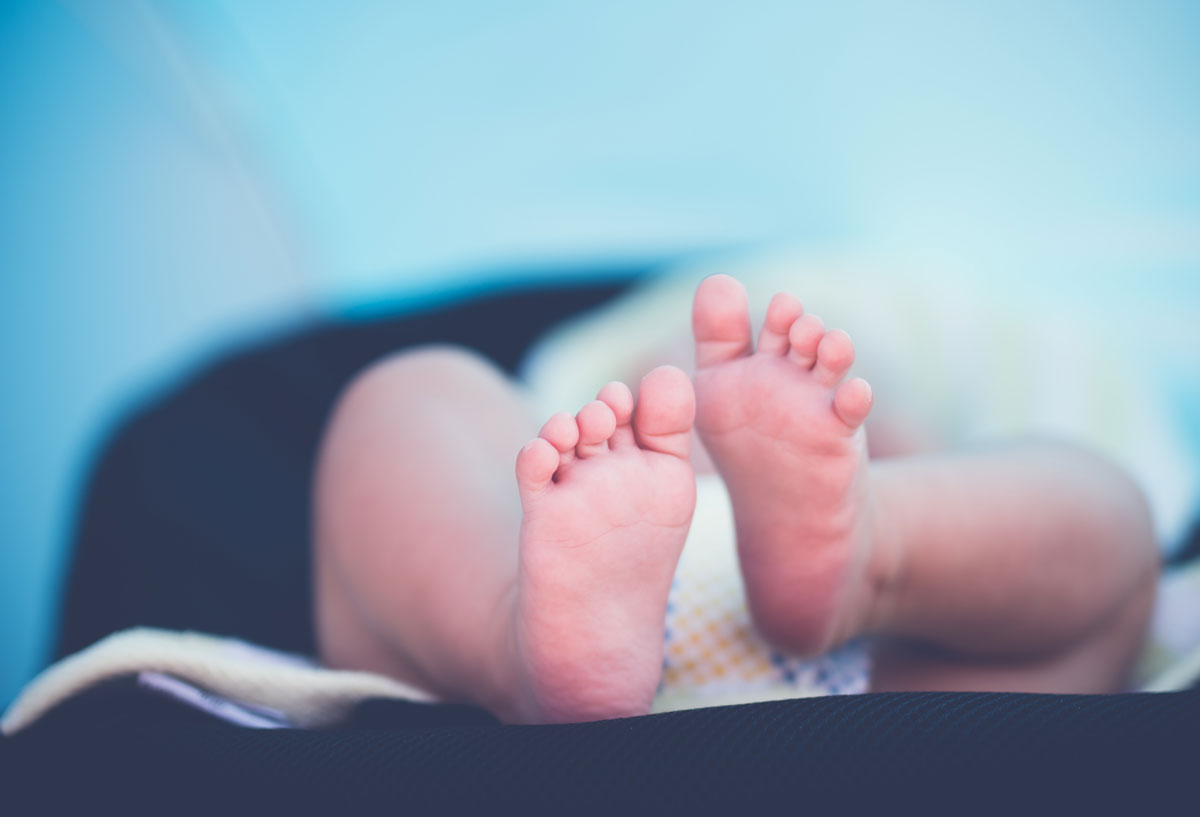
The third stage of labour
Nearly there, mama! The third, and final, stage of labour is when the placenta comes out.
What happens during the third stage of labour
Once baby’s born, you’ll still feel some contractions. That’s the placenta coming away from the wall of your womb and coming out through your vagina. The placenta may deliver spontaneously, with a little help from you. It can take up to an hour after the birth.
Or you may have an injection in your leg as your baby’s shoulders are born. This injection speeds up the placenta separating from the womb and helps ensure your womb remains contracted. Your LMC will let you know which approach is best for you. It depends on your health, how your pregnancy has been and the type of labour and birth you’ve had.
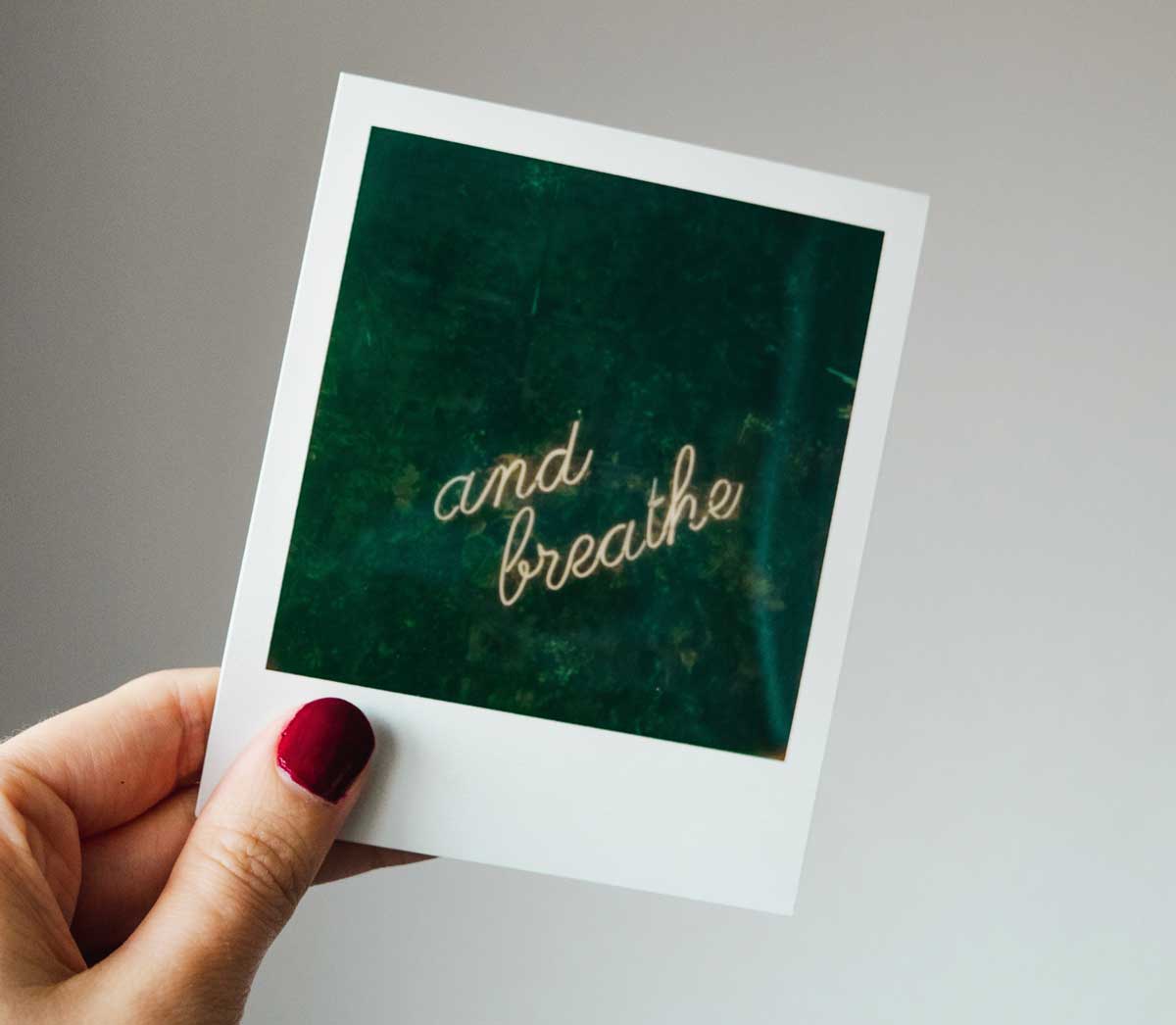
What does the third stage of labour feel like?
Beyond relief, joy and exhaustion that it’s all over, you might notice some contractions as the placenta is delivered. They won’t be as strong or painful as the ones you had during labour. You may need to help push your placenta out, or your womb may do it for you.
You may also need to have a few stitches if you’ve torn. The area will be quite numb following birth, so you probably won’t be aware of what’s happening.
Congratulations mama! When you’re ready, check out how to bath your baby, settle your little one, or go back to Baby homepage.
